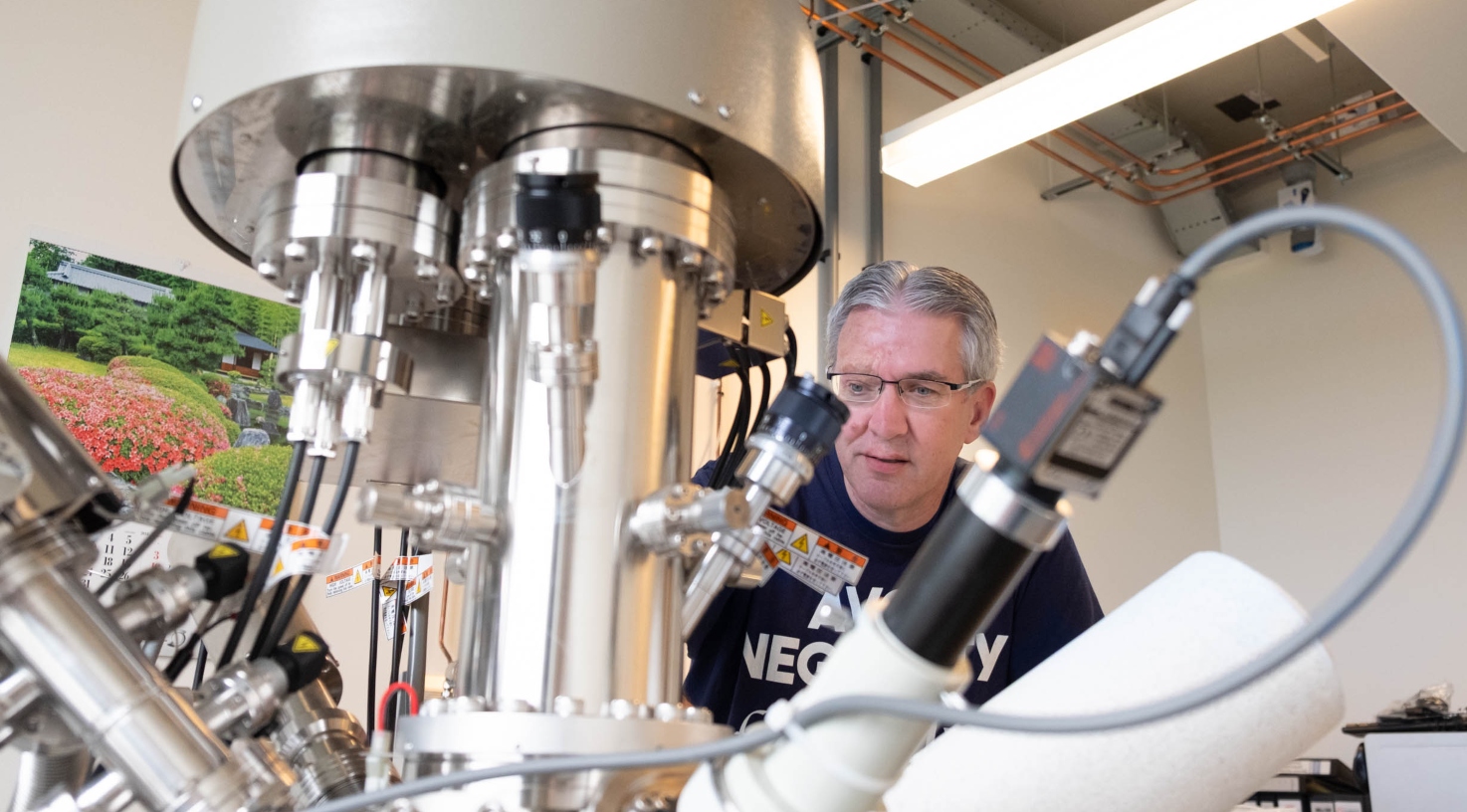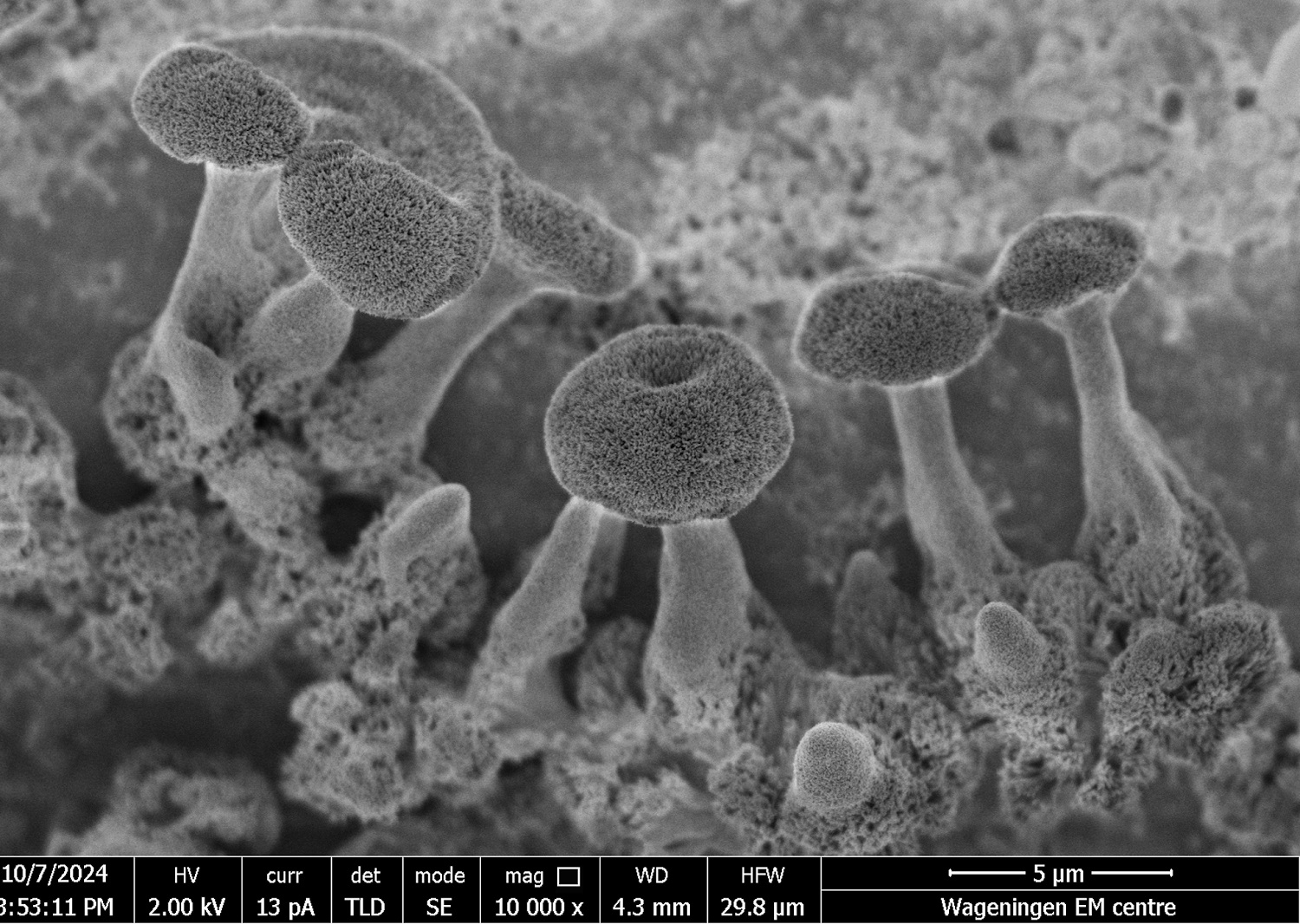The use of nanotechnology in medicine is a hot topic. Anything is possible in the nano world. Delivering medicines to the right part of the human body, for example. Now Rebecca Kaup is adding a new chapter with the development of what are termed dendroids. She obtained her PhD at the start of the month for this research.
Dendroids are chains of spherical polymers. The building blocks are called dendrimers, highly branched polymers. Dendrimers have been around since the 1980s and are studied for applications including the delivery of medicines in the body. That application makes use of the polymer’s structure. The regular pattern of branches, which is symmetrical in all directions, leaves cavities in the molecule. The dendrimers Kaup used have several such cavities, which you could fill with medicinal molecules. So dendrimers are like chemical couriers.
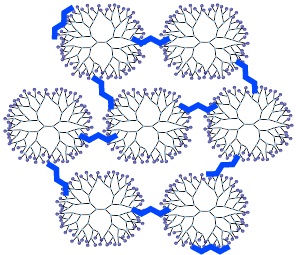
But dendrimers have their limitations. The bigger they are — and so the more branches they have — the more reaction steps are required to make them. And each dendrimer can only carry a very small payload. The solution is to create superstructures of dendrimers that are linked together. Kaup developed a new way of creating such superstructures from dendrimers. These bundles of polymer spheres are called ‘dendroids’, a name thought up by Kaup’s supervisor, BioNanoTechnology professor Aldrik Velders.
Mold
Kaup used a trick to make the dendroids. First she made ‘dendrimicelles’, bundles of dendrimers linked together by linear copolymers. The dendrimers at the core of the bundle are then linked to one another using a chemical compound, after which the copolymer is removed. This leaves you with the desired superstructure. The dendrimicelles essentially function like a kind of mould or template that puts the dendrimers in the right position for linking together.
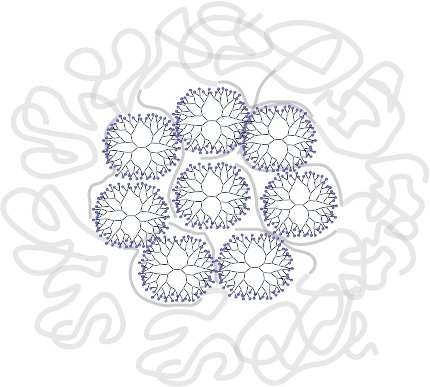
The big advantage of Kaup’s method is that it leads to well-defined, reproducible dendroids. Kaup: ‘You can also link dendrimers to one another in a solution, but then you don’t have much control over the result. You can’t really determine how many are linked together and they often end up much bigger than the dendroids. In medical applications, you need a well-defined end product and you need to be able to make the same thing every time. That’s possible with dendroids.’
Plant cells
Kaup’s work is a proof of principle. The biotechnologists in Velder’s group are now working with plant scientists in WUR Plant Breeding on a practical application. Rather than delivering medicines, they want to deliver genetic material to the right place in plant cells. Also, the pieces of DNA are transported on the outside of the dendroids rather than in the polymer cavities. Kaup: ‘If the pH value is neutral, there are amine groups on the outside with a positive charge. They bind the negatively charged DNA. The resulting complex can then pass through plant cell walls.

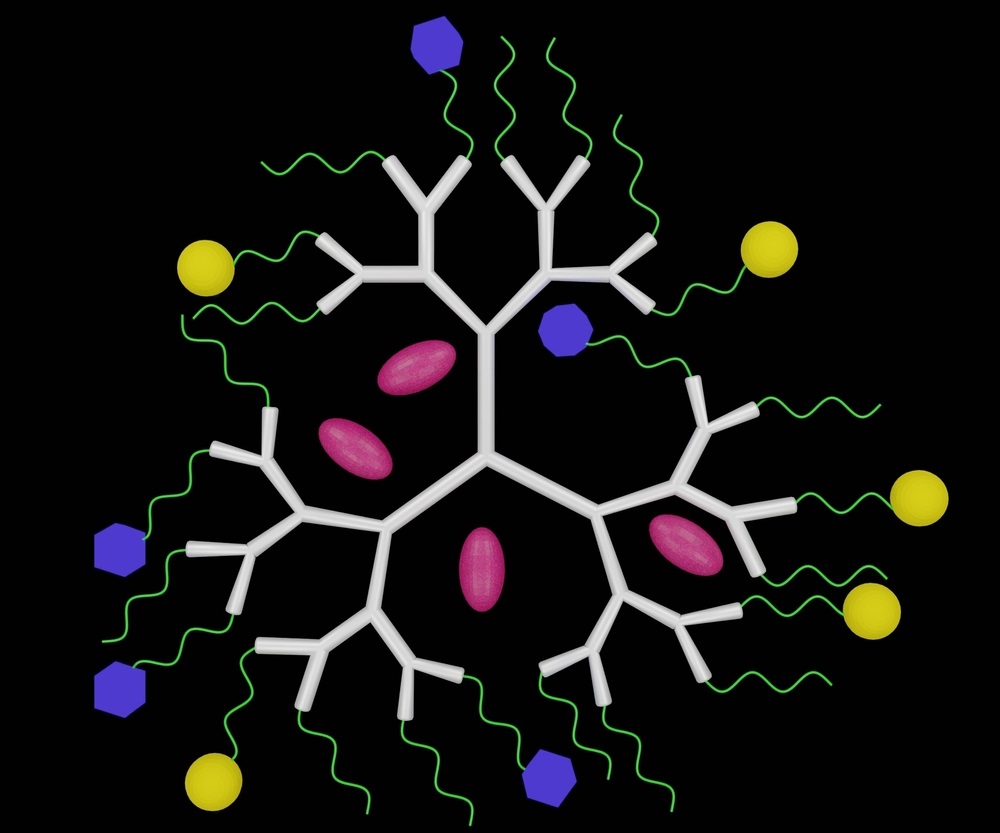 Illustration Shutterstock
Illustration Shutterstock 
